British Columbia’s exploration sector hits10-year expenditure high

Last year was marked with a combination of macroeconomic and geopolitical factors that had a range of both positive and negative impacts. The reduced risk of pandemic related shutdowns and full reopening of economies countered by the outbreak of the Russia-Ukraine war and the energy crisis in its wake created an environment of uncertainty in the commodity market.
Despite this backdrop, it was also a record year for exploration in B.C. The province recorded $740 million spent on exploration in 2022, a 10-year high that surpasses the previous record held by the $681 million spent in 2012. The British Columbia mineral and coal exploration survey 2022, conducted by EY Canada; the Government of British Columbia’s ministry of energy, mines, and low carbon innovation; and the Association for Mineral Exploration British Columbia, analyzes the current state of the province’s exploration spending, as well as the contributing growth factors and key trends for the coming year.
Copper spending resurgent
Exploration for copper was the driving force behind a record-setting year for provincial spending. Fueled by favourable market conditions and demand, copper exploration spending jumped 84% year over year in 2022, rising from $128 million in 2021 to $235 million.
Similarly, critical metals exploration in B.C. jumped 77% year-over-year. While much of this increase can be attributed to the copper sector, the scale at which spending within copper has increased likely points to factors outside of market pricing. Copper is integral to the green transition as a component of many large-scale electrification efforts such as electric vehicles and power grids. With a lack of copper projects within the global pipeline, supply is expected to largely lag demand in the long term, creating a favourable outlook for copper price moving forward.
With the prevalence of porphyry deposits (copper-rich polymetallic deposits) in the province and the growing need for copper in the transition to a greener economy, B.C. can position itself as a leader in the copper supply market.
Gold as a primary commodity
Gold spending retained the record high levels of spending seen in 2021, decreasing only by a marginal 2% year over year from $431 million in 2021 to $422 million in 2022. Despite this downturn, survey responses indicate interest in gold has not dwindled.
Approximately 46% of survey respondents see gold as the primary commodity of exploration, compared to 30% for copper. The northwest region of B.C. is home to some of the largest gold and copper projects in the province, such as Eskay and Galore Creek. The region saw a 23% increase in spending on the back of continued interest from both local and international players seeking to benefit from the porphyry and precious metal deposits in the area.
A shift back towards grassroots exploration
With the reduced risk of pandemic-induced shutdowns and producers accumulating healthier revenues through sustained favourable market conditions, it appears that exploration in B.C. is shifting towards discovery after years of focus on advancing economics of existing projects.
Grassroots and early-stage exploration accounted for 39% of total exploration spending in 2022, receiving 78% more funding year-over-year. These figures bode well for a future pipeline of projects.
A healthy exploration industry is foundational to future investment, creation of new jobs, and community development. It is also fundamental for maintaining a flow of new projects and the source of new mine development opportunities.
Although recession fears and forecasts of a weaker global economy loom large over the mining sector, the demand for critical metals such as copper is likely to sustain, as the push towards wide-scale electrification remains at the top of global agendas. Additionally, considering the market outlook for gold in times of volatility, B.C. has the resources and expertise to capitalize on future demand and weather any further turbulence that may come its way.
Iain Thompson is the mining and metals consulting leader at EY Canada, based in Vancouver. For more information, visit www.ey.com/ca/bcminingsurvey.
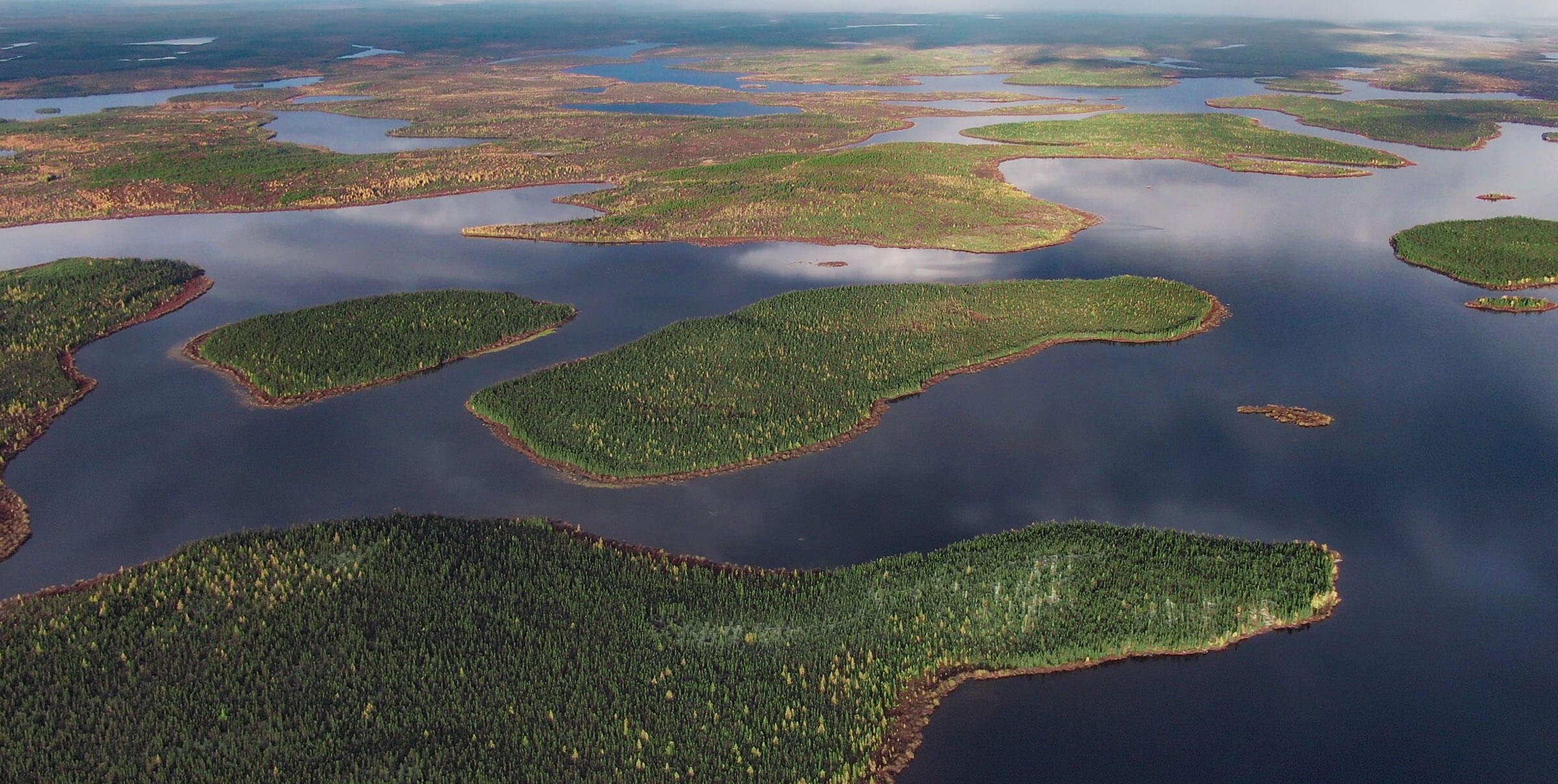
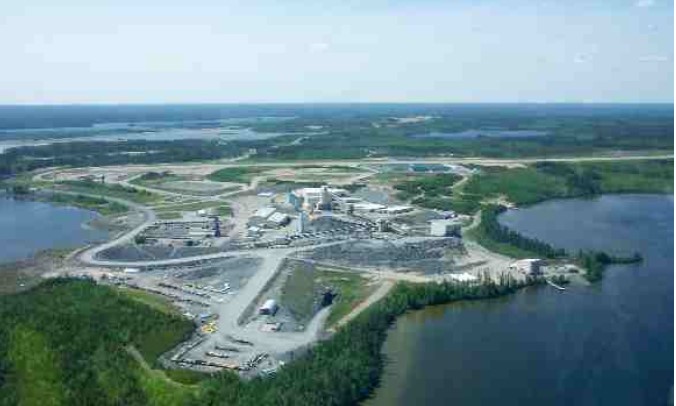
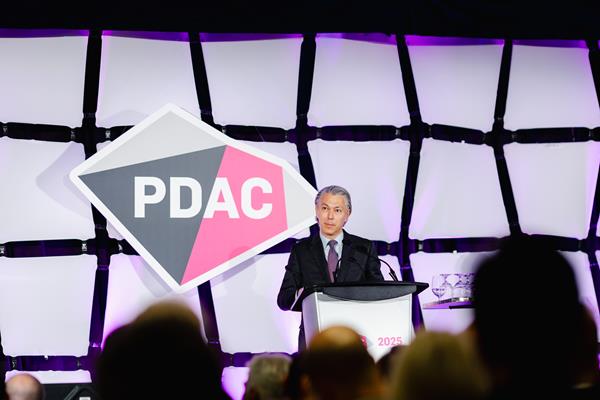
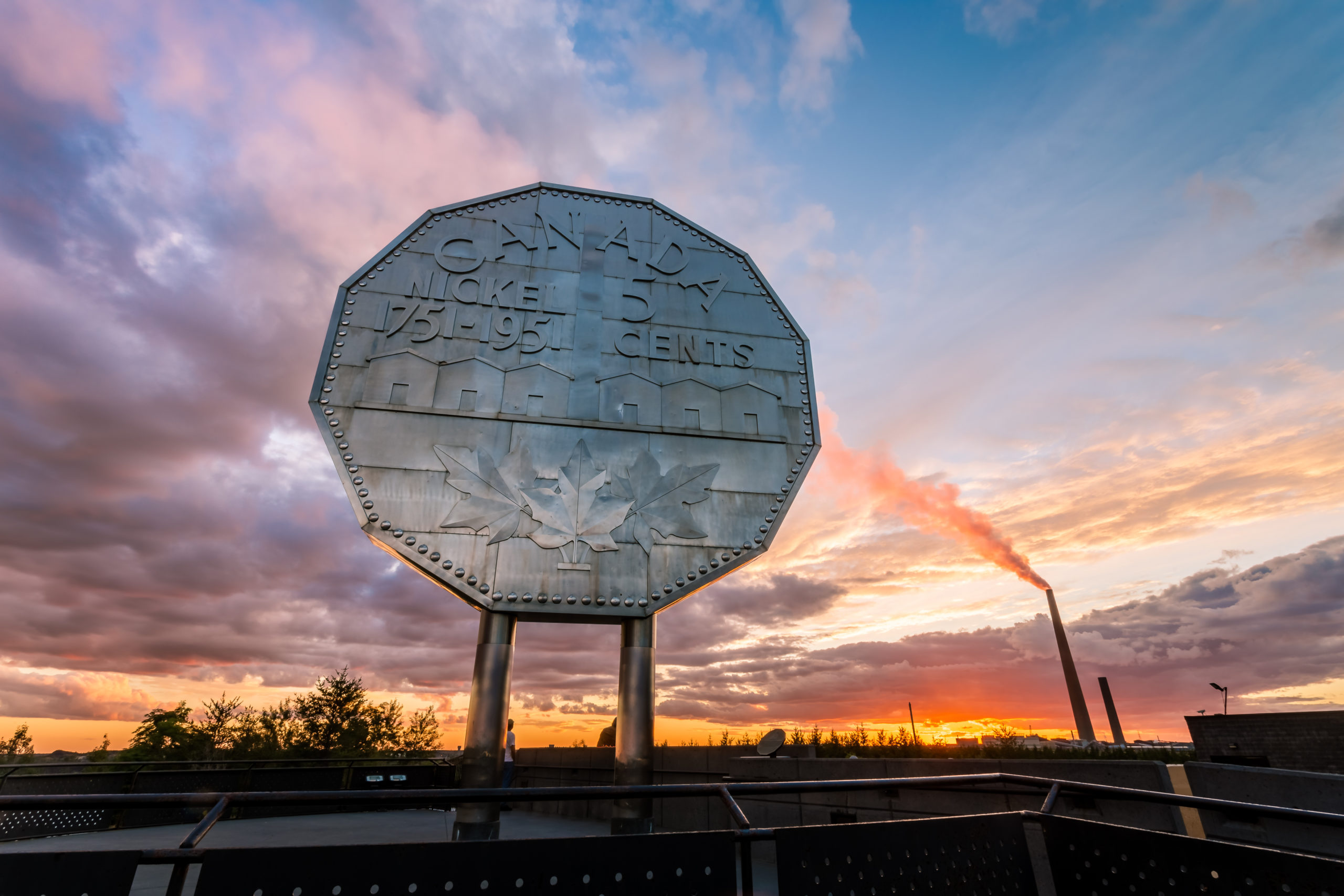
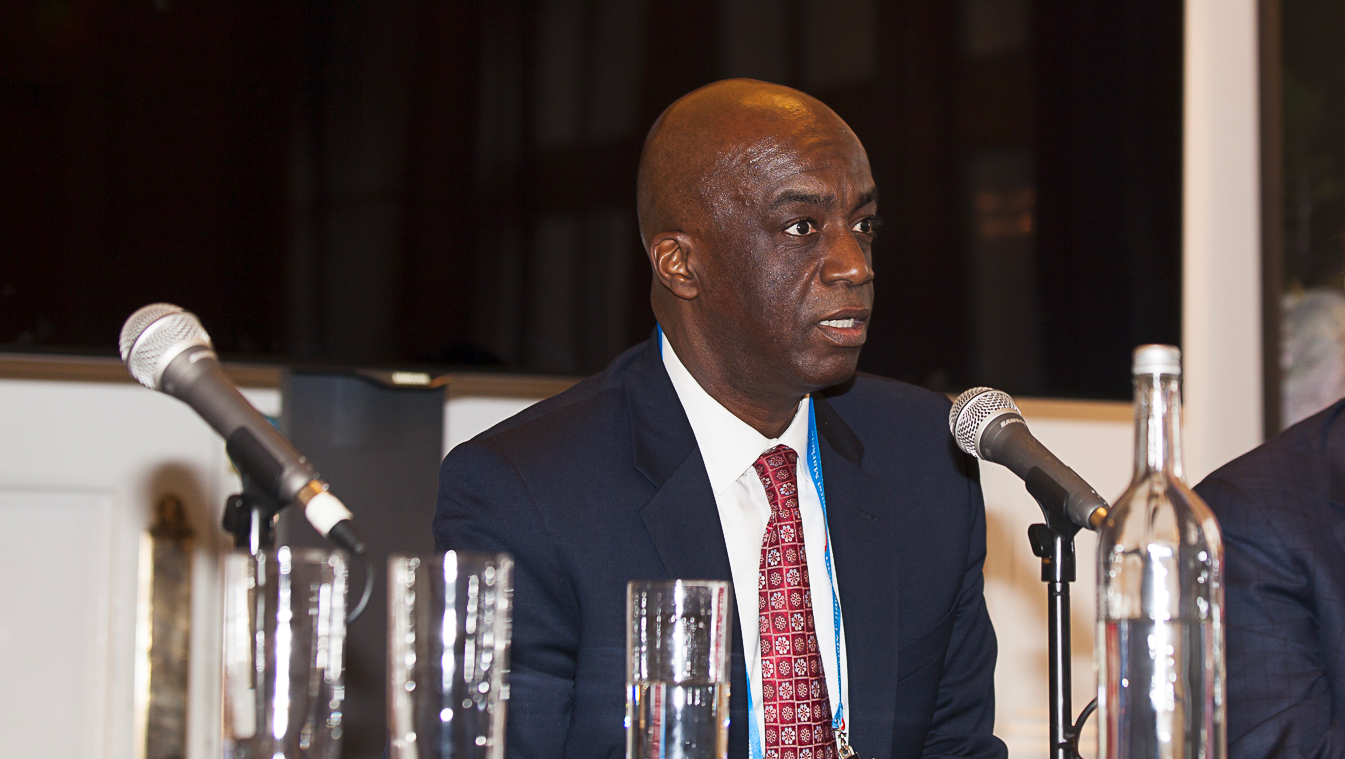
Comments